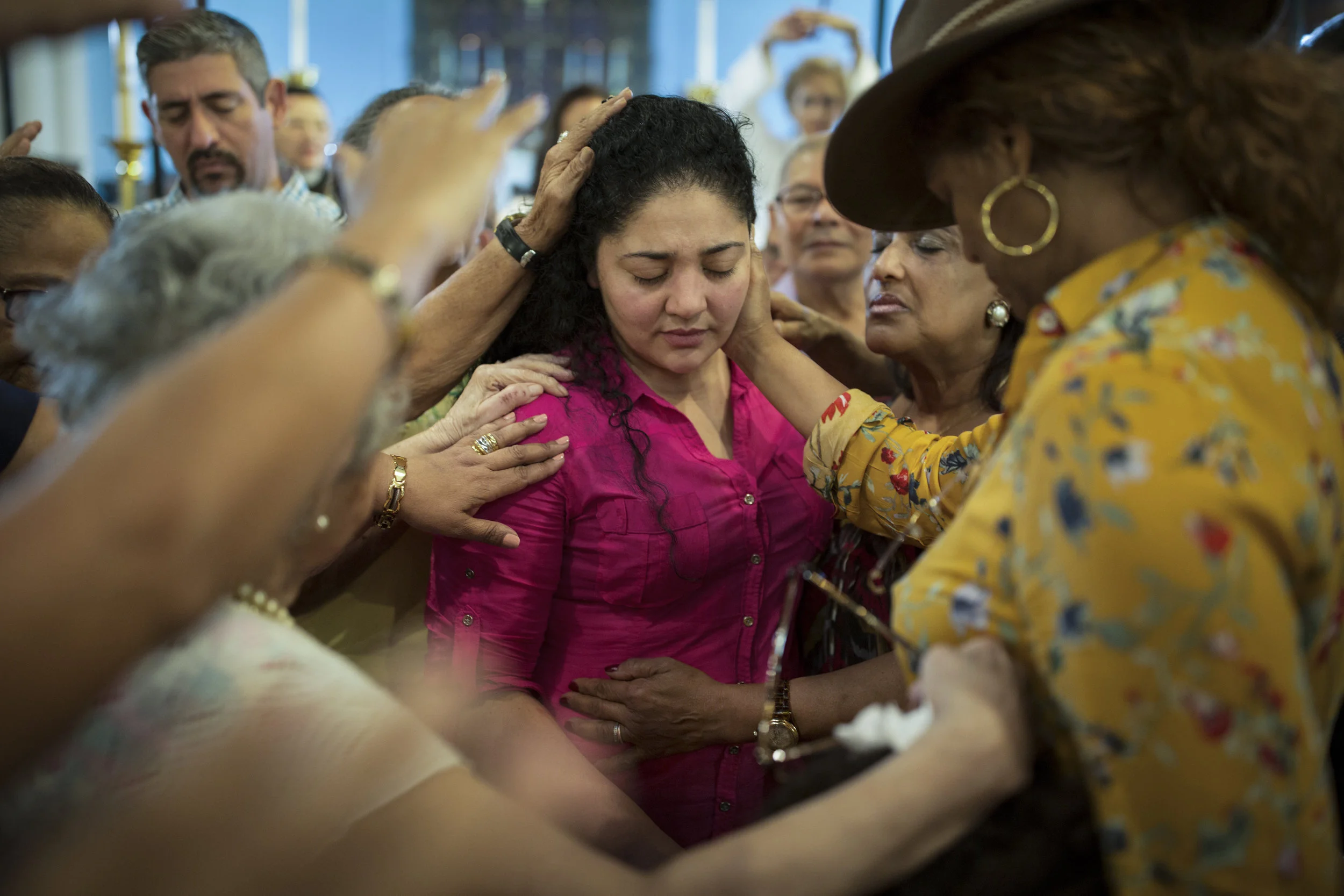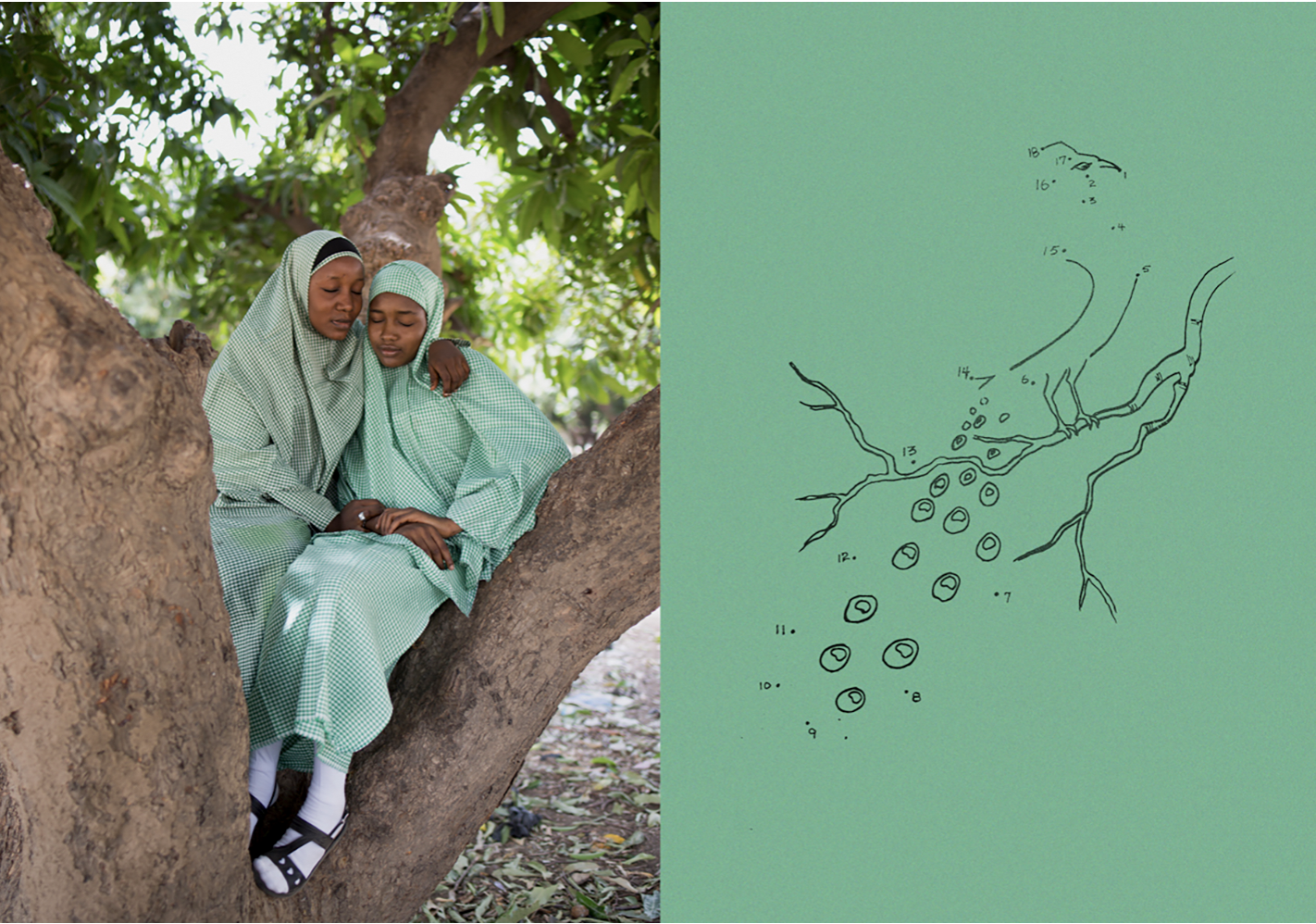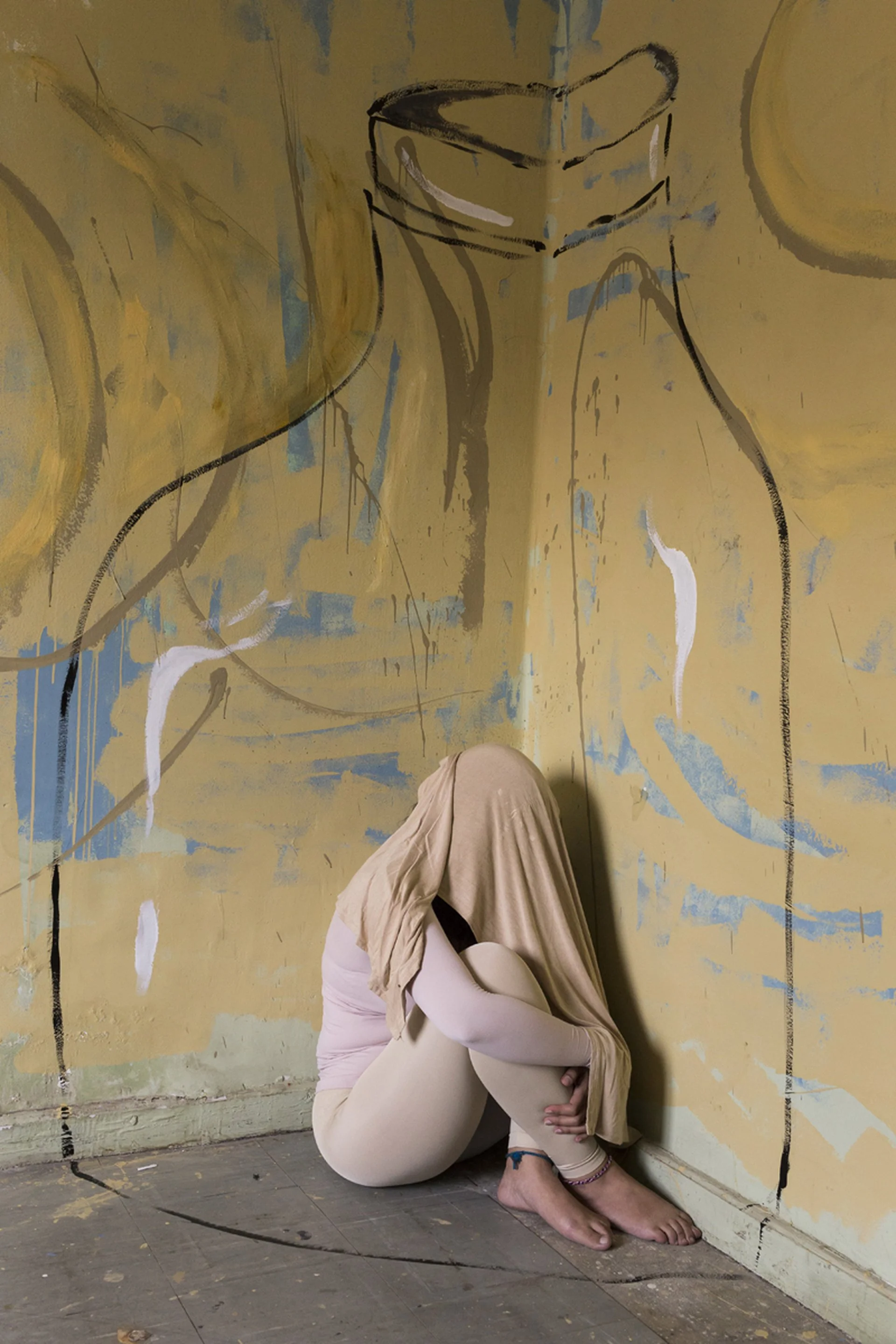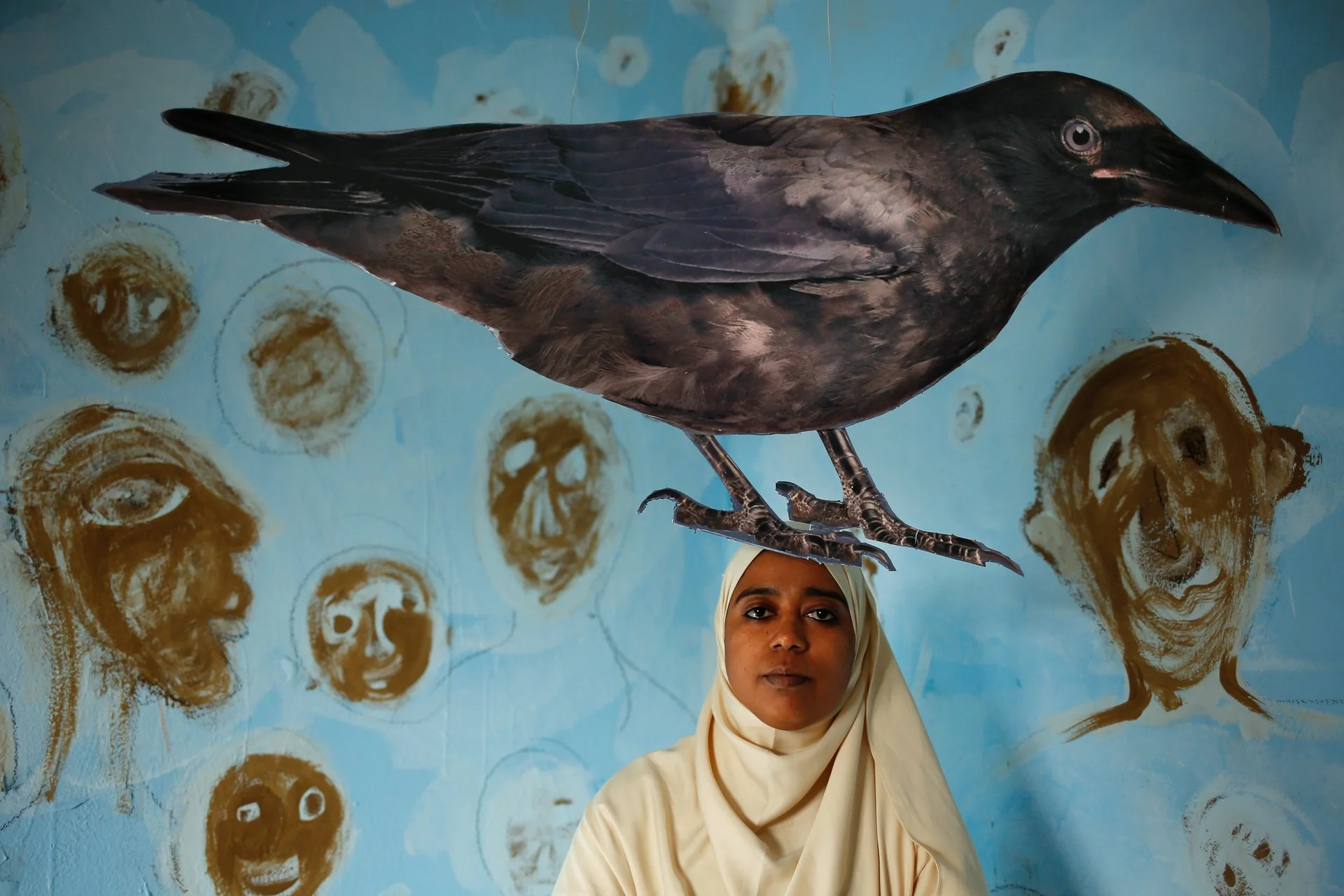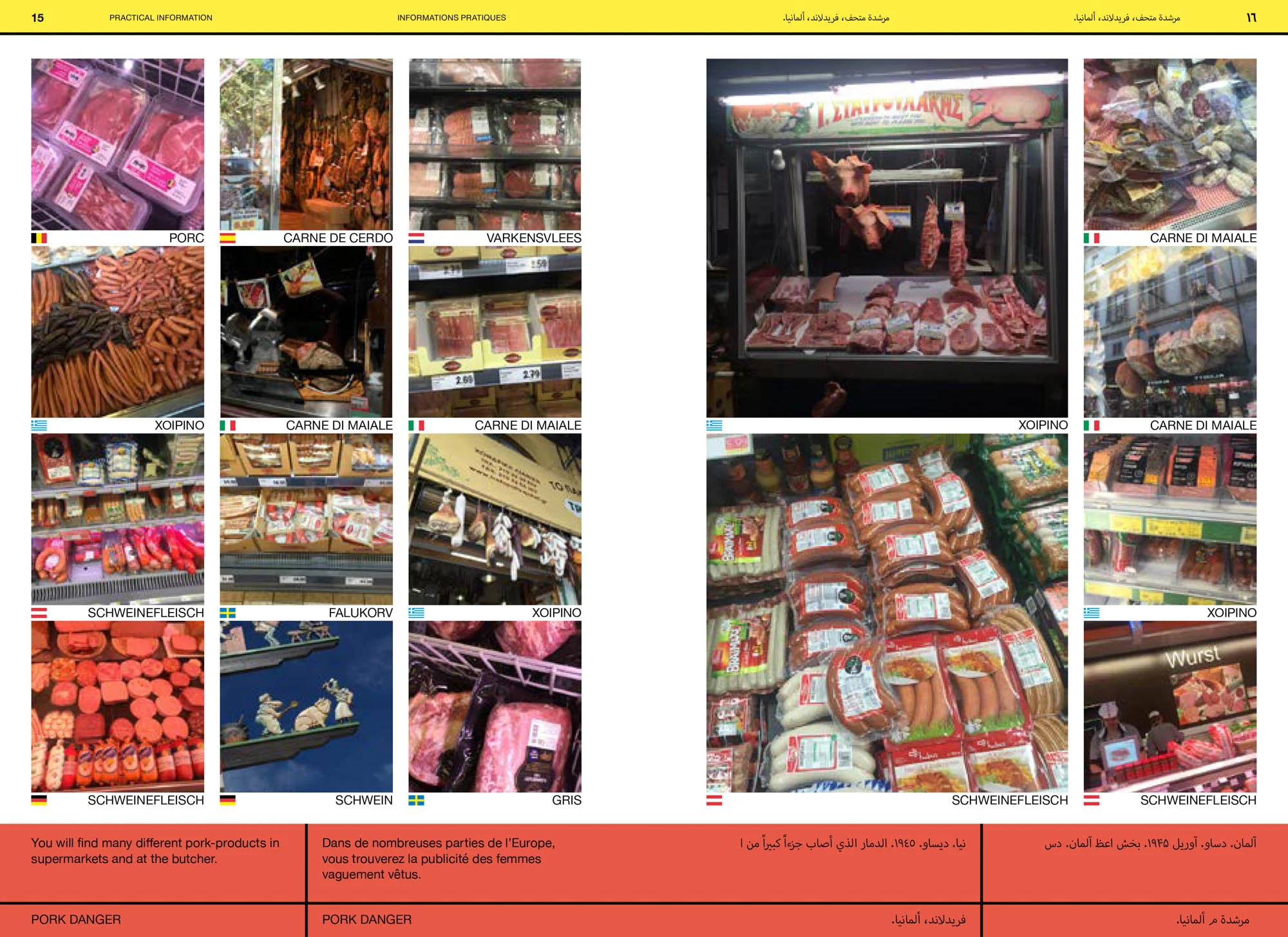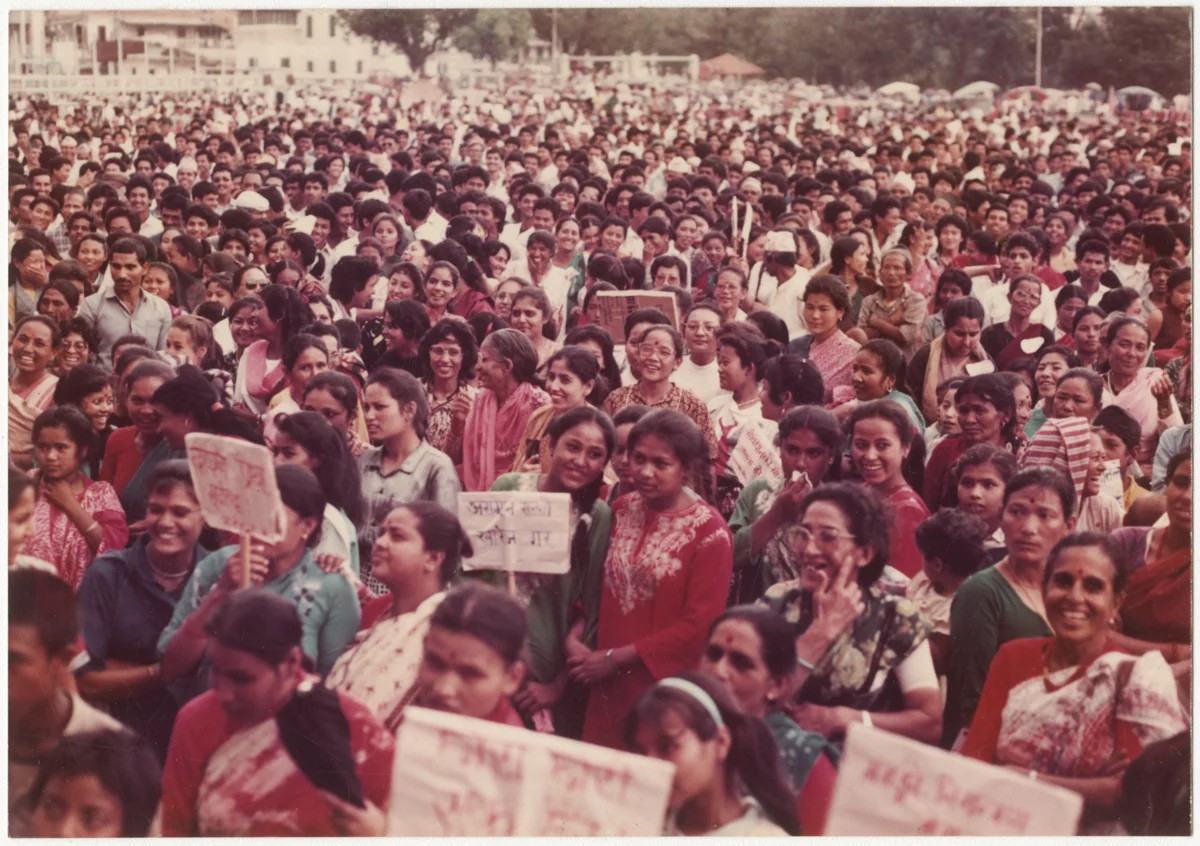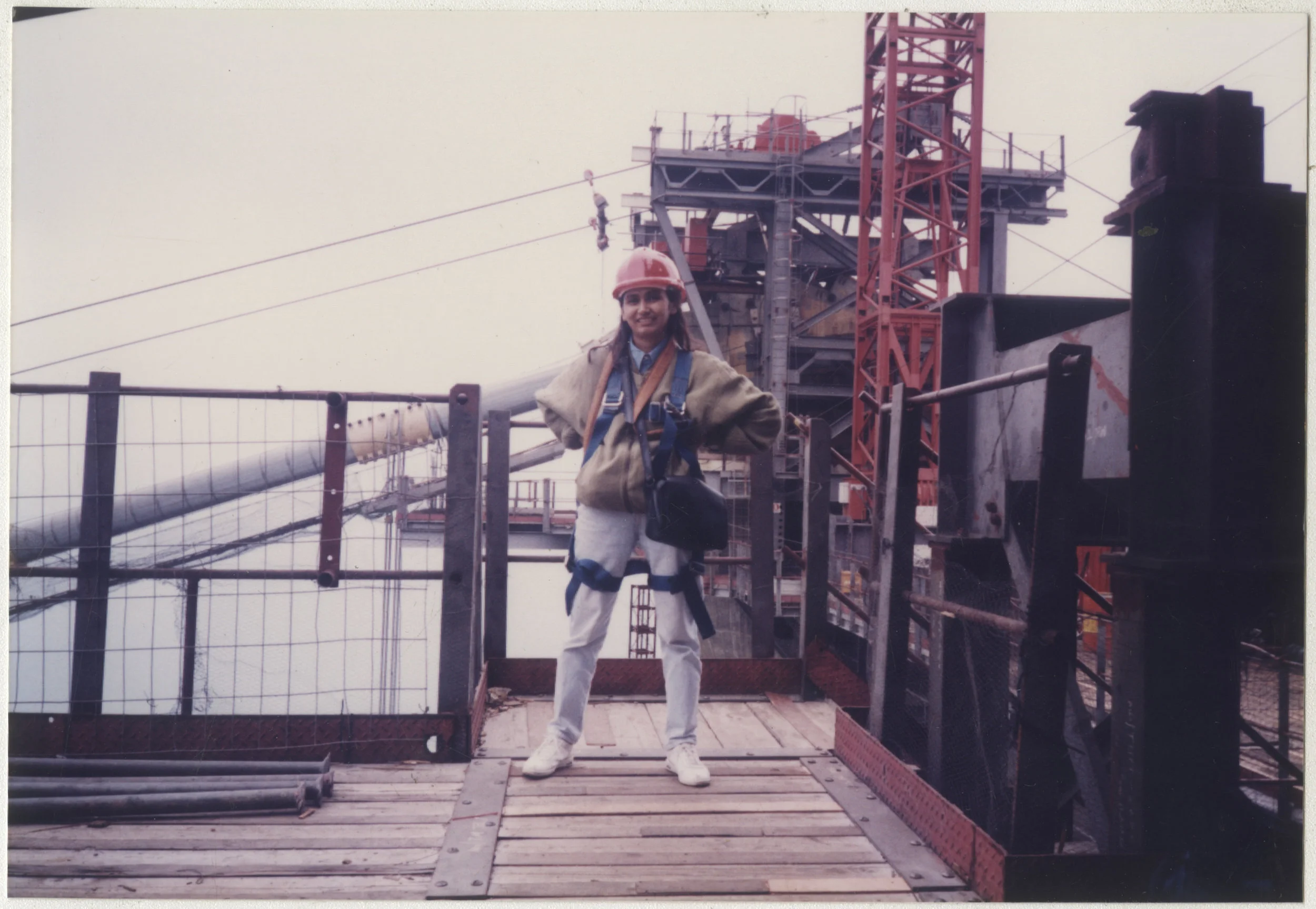Bringing together artists and thinkers across disciplines
Through grantmaking, mentoring, and creative collaborations, we partner with socially engaged imagemakers exploring new models for storytelling.
Building capacity and amplifying underrepresented voices
Imagemakers working within their own communities have the possibility to transform how viewers see and understand the world by illuminating complex issues.
Fostering community through learning and collaboration
Intensive training and mentorship, project development labs, strategic partnerships, and distribution assistance is critical for the reach and impact of their projects.




